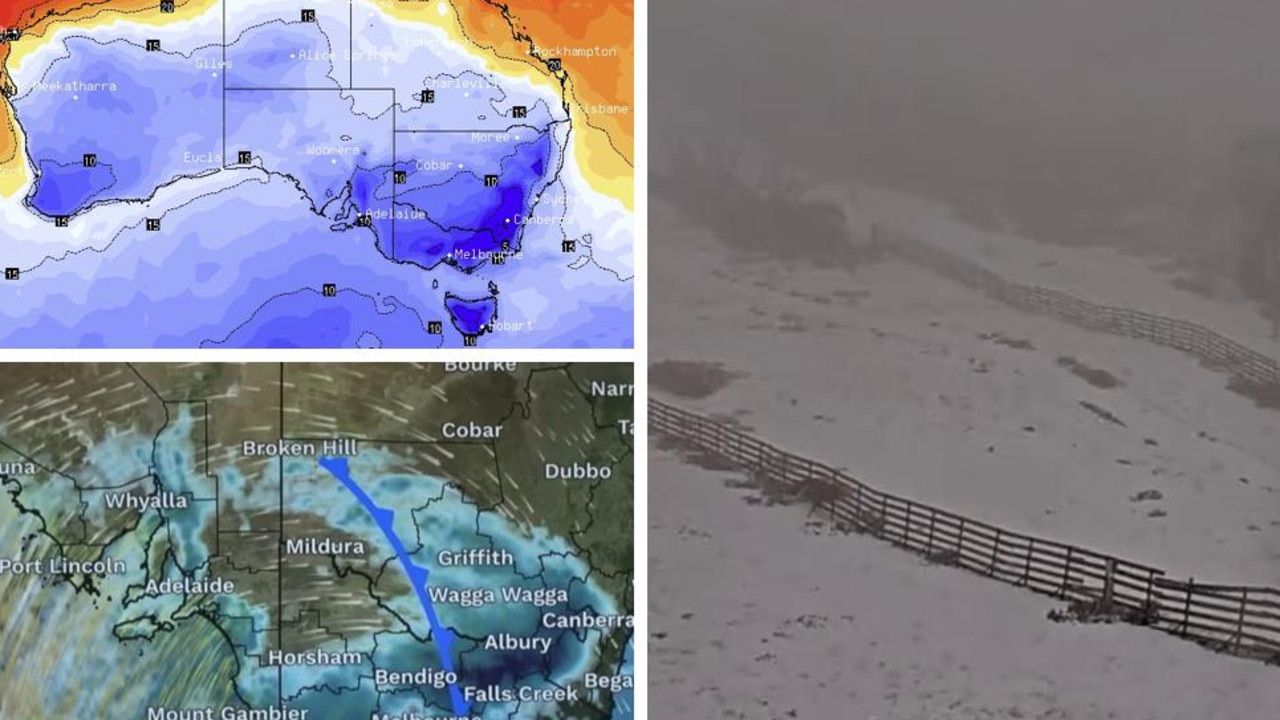New data shows which parts of Australia copped the worst of wild winter weather
New data has revealed which towns and suburbs copped the brunt of this winter’s wild weather as Aussies prepare for a wet summer.
Climate Change
Don't miss out on the headlines from Climate Change. Followed categories will be added to My News.
The parts of Australia worst hit by this year’s wild weather have been revealed.
The latest data from NRMA Insurance’s Wild Weather Tracker showed the torrid and heavy conditions accounted for almost two-thirds of all home and vehicle insurance claims this winter, a 13 per cent rise on the average for the season.
There have been 26,515 claims nationwide this winter for wild weather damage to homes and vehicles, making it the worst year since 2016.
In NSW, there were 19,621 wild weather claims from June to August that accounted for 68 per cent of all home claims and 24.4 per cent of all motor claims.
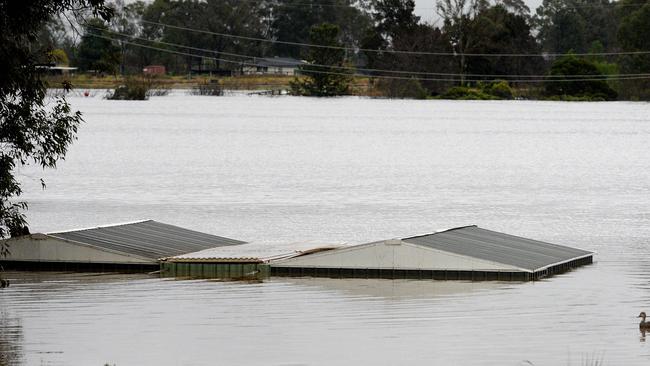
Across the state, the towns and suburbs worst hit by wild weather were:
- Campbelltown
- Wagga Wagga
- Port Macquarie
- Dubbo
- Wollongong
- Liverpool
- Coffs Harbour
- Goulburn
- Orange
- Blacktown
Significant flooding on the NSW mid-north coast and in Hawkesbury led to the unseasonal rise in claims, but NRMA insurance meteorologist Bruce Buckley warned residents there was more to come.
“NSW residents need to be aware that more wild weather is on the way, with above normal rainfall forecast through spring and into summer,” he said.
“This includes an increased risk of east coast lows, which produce heavy rain and gale-force winds as well as an increased risk of hail-producing thunderstorms for much of the state.
“It's important to do what you can to protect yourself and your property, and clearing your gutters and downpipes is one of the best things you can do ahead of a storm.”
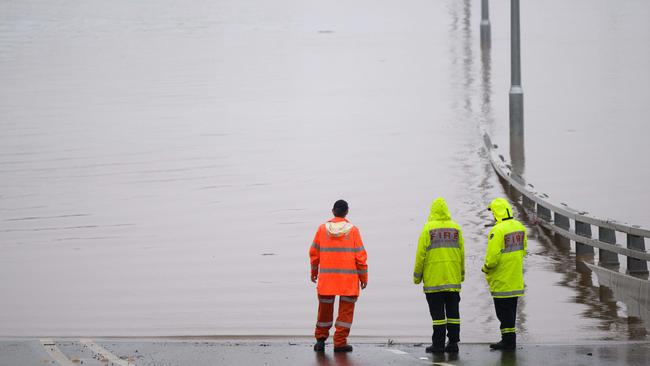
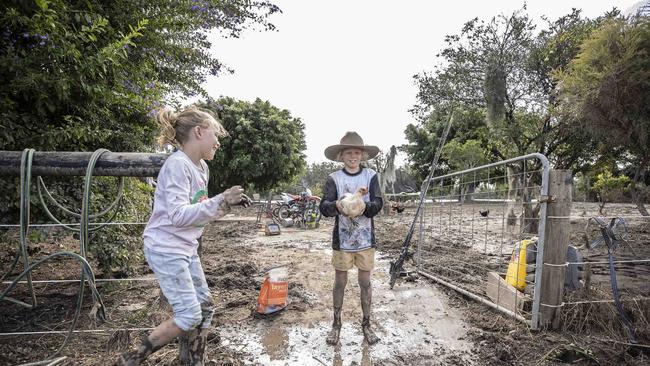
But NSW was not the only part of the country that copped it, with Queensland (2522), South Australia (635) and Western Australia (2849) all experiencing increases in wild weather claims.
In Queensland, Rockhampton City, Caboolture, Toowoomba City, Nerang and Bundaberg North were the five worst affected towns and suburbs by the winter weather.
In WA, it was Port Kennedy, Dianella, Warnbro, Morley and Thornlie.
While in South Australia it was the Adelaide CBD, Mawson Lakes and Ceduna.
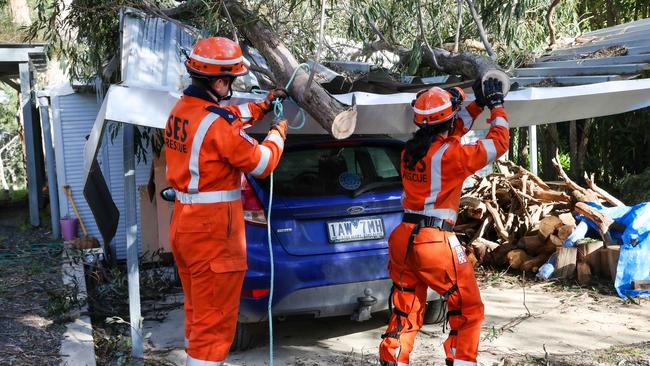
The NRMA Insurance data suggested less than 40 per cent of Australians were prepared for the wild weather of the last three months.
Dr Buckley is warning Australians to get on top of preparations ahead of more wild weather forecasted for the warmer months.
The Bureau of Meteorology revealed earlier this week that Australia would experience its third consecutive La Nina event over spring and early summer.
La Nina events have driven the torrid conditions and floods experienced over the last two summers, and it is expected to bring above-average rainfall to eastern parts of the country once again this year.
“The impacts of a changing climate means that wild weather can strike anywhere at any time, but taking a few small steps to both reduce our level of risk and prepare for how we will respond can make a big difference when it happens,” Dr Buckley said.
“Over the next few months, we will see multiple climate drivers reinforcing each other, including La Nina and a negative Indian Ocean Dipole, which are likely to bring a much wetter than average spring across the eastern states and through South Australia.
“This is a rare coincidence of climate drivers that favour bursts of very heavy rainfall capable of producing flash and river flooding through spring and early summer.
“At the beginning of spring, we are encouraging Australians to clear their gutters and downpipes, which is a simple but effective way to minimise the likelihood of water getting into your home.”
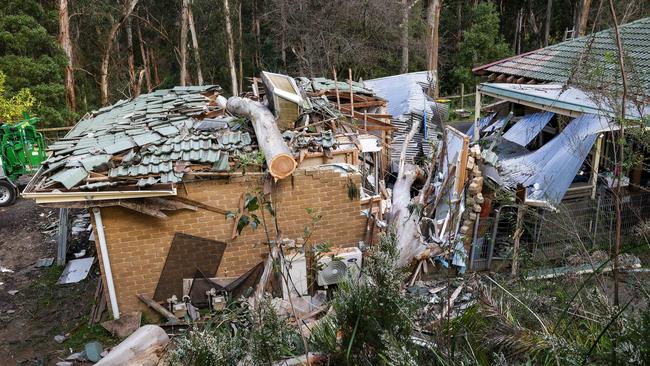
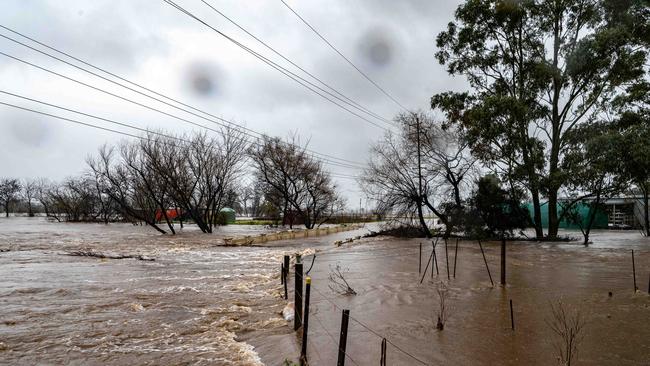
Top tips to wild-weather prep your home this spring
Water leaks
Clear your gutters and downpipes.
Wind damage
Secure outdoor items.
In the case of an emergency
Save and know the SES’ phone number (132 500).
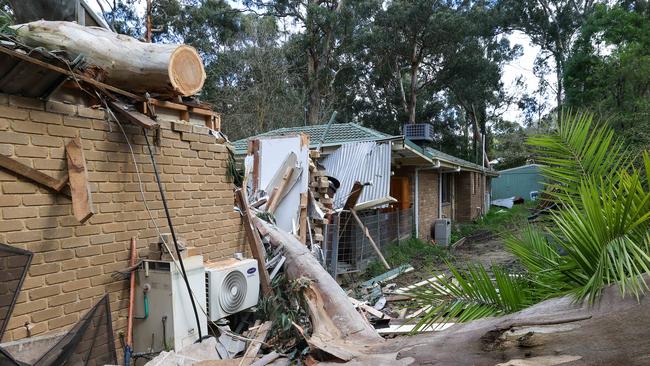
Queenslanders prepare the most for wild weather, with almost half taking steps in that direction in the past three months. They are closely followed by NSW, while ACT residents say they feel the least prepared for wild weather.
When asked what holds them back from taking action to prepare, respondents said they didn’t have the time or know where to start.
Meanwhile, 42 per cent said they didn’t think their suburb would be impacted by wild weather.
Originally published as New data shows which parts of Australia copped the worst of wild winter weather


